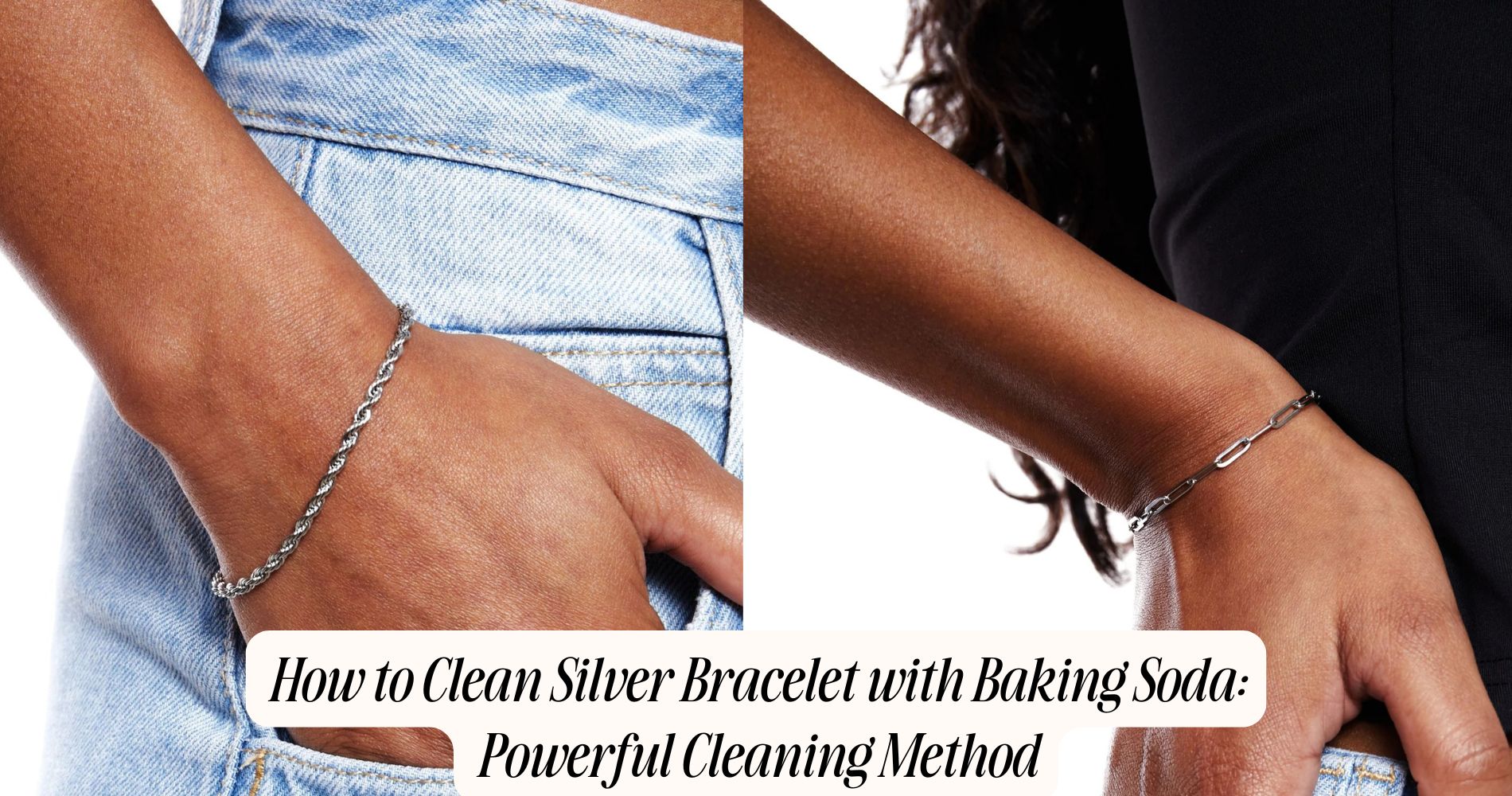
How to Clean Silver Bracelet With Baking Soda: Powerful Cleaning Method
If you’re wondering how to clean silver bracelet with baking soda, the process is simple and effective. Start by combining 1 tablespoon of baking soda with 1 cup of warm distilled water in a non-reactive bowl, stirring until fully dissolved. Dip a soft microfiber cloth or a soft-bristled toothbrush into the solution, then gently polish the silver in small circular motions, focusing on detailed areas. Rinse thoroughly with lukewarm water and pat dry with a lint-free cloth. Whether it’s a treasured heirloom or one of your favorite beach bracelets, using the right technique helps protect delicate clasps and gemstones—stay tuned for more care tips in the steps ahead.
What You’ll Need to Clean Your Silver Bracelet
To clean your silver bracelet effectively, gather a few essential materials: a soft microfiber cloth, mild dish soap, warm water, a small bowl, a soft-bristled toothbrush, and, if needed, a silver polish specifically formulated for jewelry.
The microfiber cloth ensures a scratch-free surface during cleaning and is ideal for buffing and tarnish prevention.
Mild dish soap, diluted in warm water, safely removes oils and residues without damaging the silver’s finish.
Use a small bowl for mixing your cleaning solution.
The soft-bristled toothbrush enables you to reach intricate crevices without causing abrasion.
If your bracelet is heavily tarnished, select a dedicated silver polish for best results.
Proper jewelry storage, such as anti-tarnish pouches or lined boxes, is also vital for ongoing tarnish prevention between cleanings.
Preparing Your Silver Bracelet for Cleaning
Before cleaning, inspect your silver bracelet for loose stones, fragile clasps, or delicate inlays that could be damaged during the process. Use a magnifying glass to carefully examine the integrity of all settings and connections. If you notice prongs that are bent or stones that wiggle, address these issues prior to cleaning to avoid accidental loss or damage.
Remove any detachable charms or components made from materials incompatible with baking soda.
As part of effective jewelry maintenance, gently wipe the bracelet with a lint-free microfiber cloth to remove dust, oils, or surface debris. This step reduces abrasion during cleaning and supports tarnish prevention by minimizing contaminants.
Lay the bracelet flat on a clean, soft towel, ensuring all elements are accessible for a thorough, safe cleaning process.
Mixing the Perfect Baking Soda Cleaning Solution
With your bracelet properly inspected and prepped, prepare the baking soda cleaning solution by combining one tablespoon of baking soda with one cup of warm—not hot—distilled water in a non-reactive glass or ceramic bowl.
Stir the mixture thoroughly until the baking soda fully dissolves, creating a mildly alkaline solution suitable for removing tarnish without damaging the silver’s surface.
Avoid using tap water, as minerals can accelerate tarnish formation, contradicting effective tarnish prevention.
Always choose a glass or ceramic container, since metal bowls may react with the solution, diminishing cleaning efficacy.
This precise solution mirrors the conditions found in proper jewelry storage, where controlled environments help maintain silver’s luster.
Guarantee the mixture is homogenous before proceeding, maintaining consistent concentration for uniform tarnish removal during cleaning.
Applying Baking Soda to Remove Tarnish
Once your baking soda solution is ready, immerse a soft, lint-free cloth or a dedicated silver cleaning sponge into the mixture, ensuring it absorbs the solution evenly.
Gently rub the cloth over your silver bracelet, focusing on areas with visible tarnish. Use light, circular motions to facilitate effective tarnish removal without scratching the metal.
Baking soda acts as a mild abrasive, allowing it to function as a homemade silver polish that lifts oxidation.
Be attentive to intricate details or engraved sections; you can use a soft-bristled toothbrush dipped in the solution for these.
Avoid excessive pressure, as silver is a relatively soft metal and can scratch easily.
Continue until the tarnish fades and the bracelet regains its natural luster before proceeding to the next step.
Rinsing and Drying Your Silver Bracelet
After thoroughly removing tarnish, carefully rinse your silver bracelet under lukewarm running water to eliminate all traces of baking soda residue. Hold the bracelet securely and rotate it to expose all surfaces, ensuring crevices and intricate patterns are fully flushed.
Avoid hot water, as it may affect any adhesive or non-silver components. Once rinsed, gently pat the bracelet dry using a clean, lint-free microfiber cloth. This material prevents scratches and preserves the integrity of the metal.
Use gentle, circular motions to buff the surface, which is consistent with effective polishing techniques. Make sure no moisture remains, as water spots can dull the finish.
Immediately after drying, consider your storage solutions—place the bracelet in a soft pouch or anti-tarnish compartment to maintain its brilliance and prevent future tarnish.
Tips to Keep Your Silver Bracelet Shining Longer
Proper maintenance extends the brilliance of your silver bracelet well beyond the initial cleaning routine. To optimize tarnish prevention, store your bracelet in an airtight jewelry storage pouch or anti-tarnish cloth bag. Exposure to air accelerates oxidation, so minimizing contact with oxygen is essential.
Avoid keeping silver with costume jewelry, as mixed metals can cause undesirable chemical reactions. After each wear, wipe the bracelet with a microfiber or jeweler’s cloth to remove oils and sweat, which contribute to tarnishing.
Refrain from exposing your bracelet to harsh chemicals such as chlorine, lotions, or perfumes. For long-term storage, consider placing silica gel packets in your jewelry box to control humidity levels and further inhibit tarnish.
Regularly inspect your bracelet for signs of dullness and clean as needed.
Frequently Asked Questions
Can Baking Soda Damage Gemstones on My Silver Bracelet?
When you use baking soda, you risk gemstone safety due to its abrasive nature. Always assess material compatibility first; porous or soft gemstones like opal or turquoise can scratch or discolor. Clean only silver sections, avoiding gemstone contact.
How Often Should I Clean My Silver Bracelet With Baking Soda?
You should follow frequency guidelines, cleaning your silver bracelet with baking soda every 1-2 months. Adjust your cleaning schedule based on tarnish levels and exposure. Over-cleaning may erode the silver’s patina, so assess material condition regularly.
Is It Safe to Use Baking Soda on Antique or Heirloom Silver Bracelets?
You shouldn't use baking soda on antique or heirloom silver bracelets, since its abrasiveness risks surface abrasion and patina loss. For antique preservation and heirloom safety, consult a professional and use non-abrasive, conservation-approved cleaning methods.
What Should I Do if My Bracelet Has Intricate Designs or Filigree?
If your bracelet features intricate designs or filigree, use a soft-bristled brush for detailed cleaning. Gently work baking soda paste into delicate designs, ensuring you don't scratch the silver. Rinse thoroughly and pat dry with microfiber cloth.
Can I Use Baking Soda Cleaning on Gold-Plated Silver Bracelets?
You shouldn't use baking soda on gold-plated silver bracelets, as it can compromise gold plating durability. Instead, select baking soda alternatives like mild dish soap, lukewarm water, and a soft cloth to prevent abrasion and preserve delicate metal finishes.
Conclusion
By following these steps, you’ll effectively restore your silver bracelet’s luster using baking soda’s mild abrasiveness and chemical reaction with tarnish. Always utilize non-abrasive cloths to prevent micro-scratches, and rinse thoroughly to remove any alkaline residue that could dull the finish. Store your bracelet in an anti-tarnish pouch and avoid prolonged exposure to sulfur compounds. With proper materials and precise technique, you’ll maintain your silver accessory’s brilliance and structural integrity for years to come.







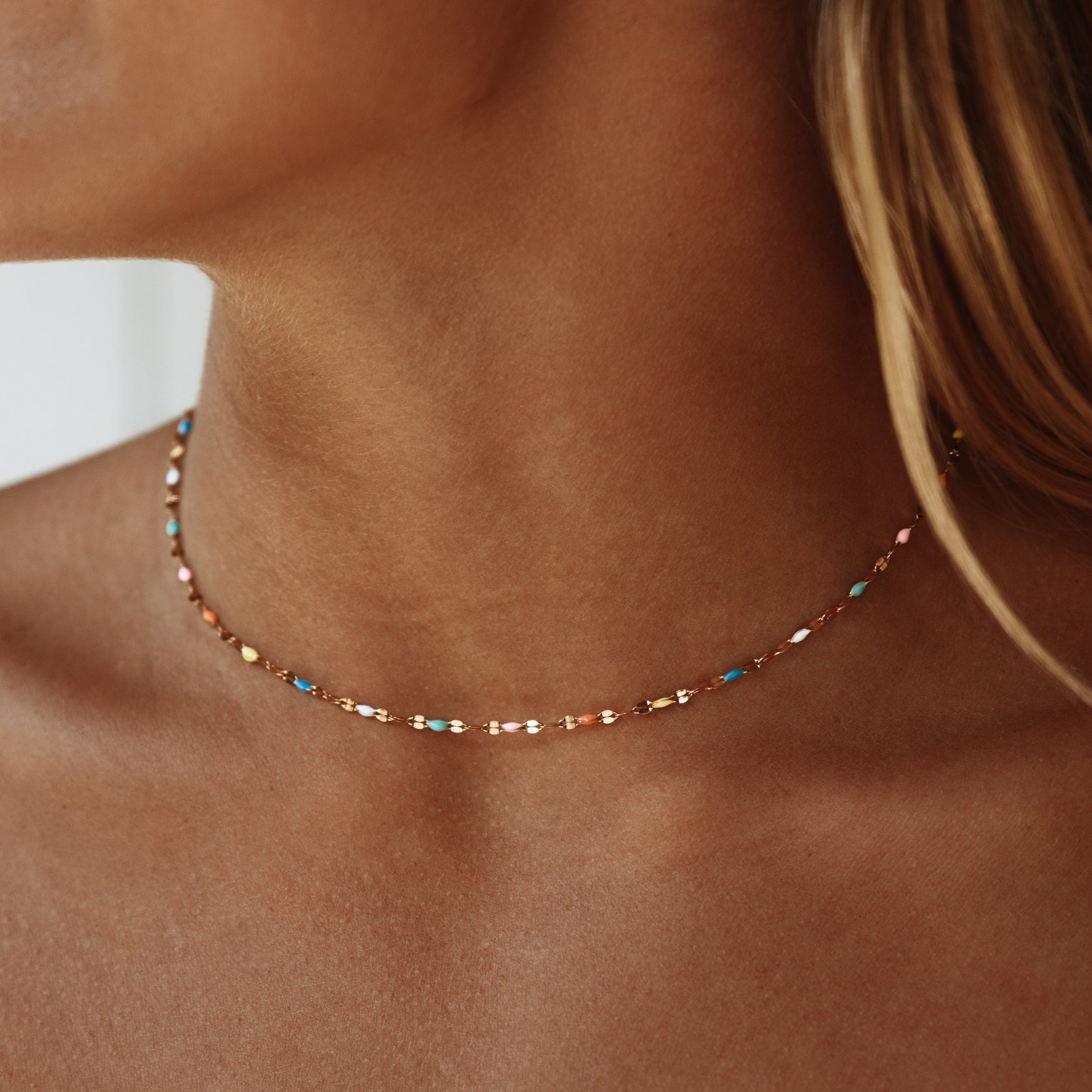
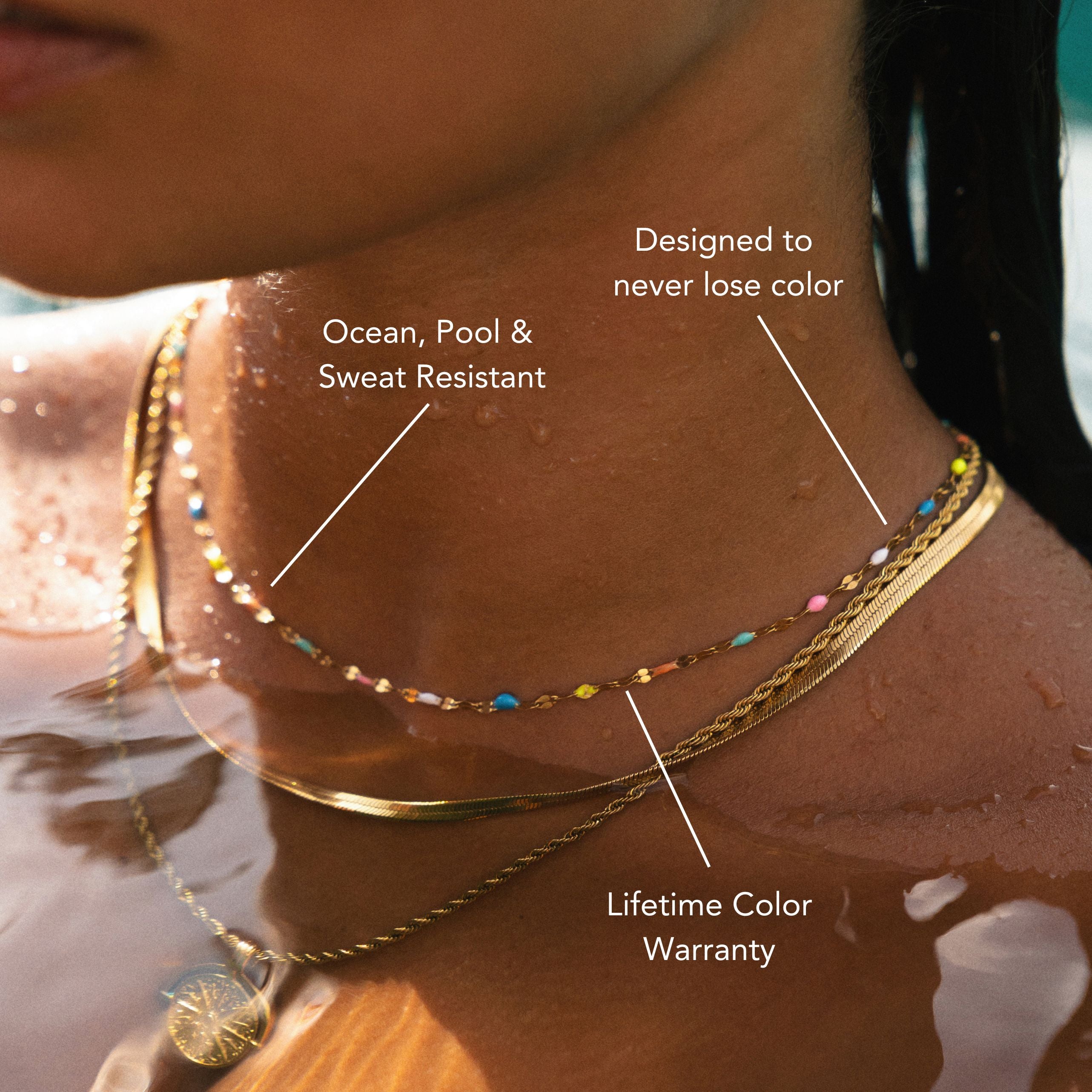
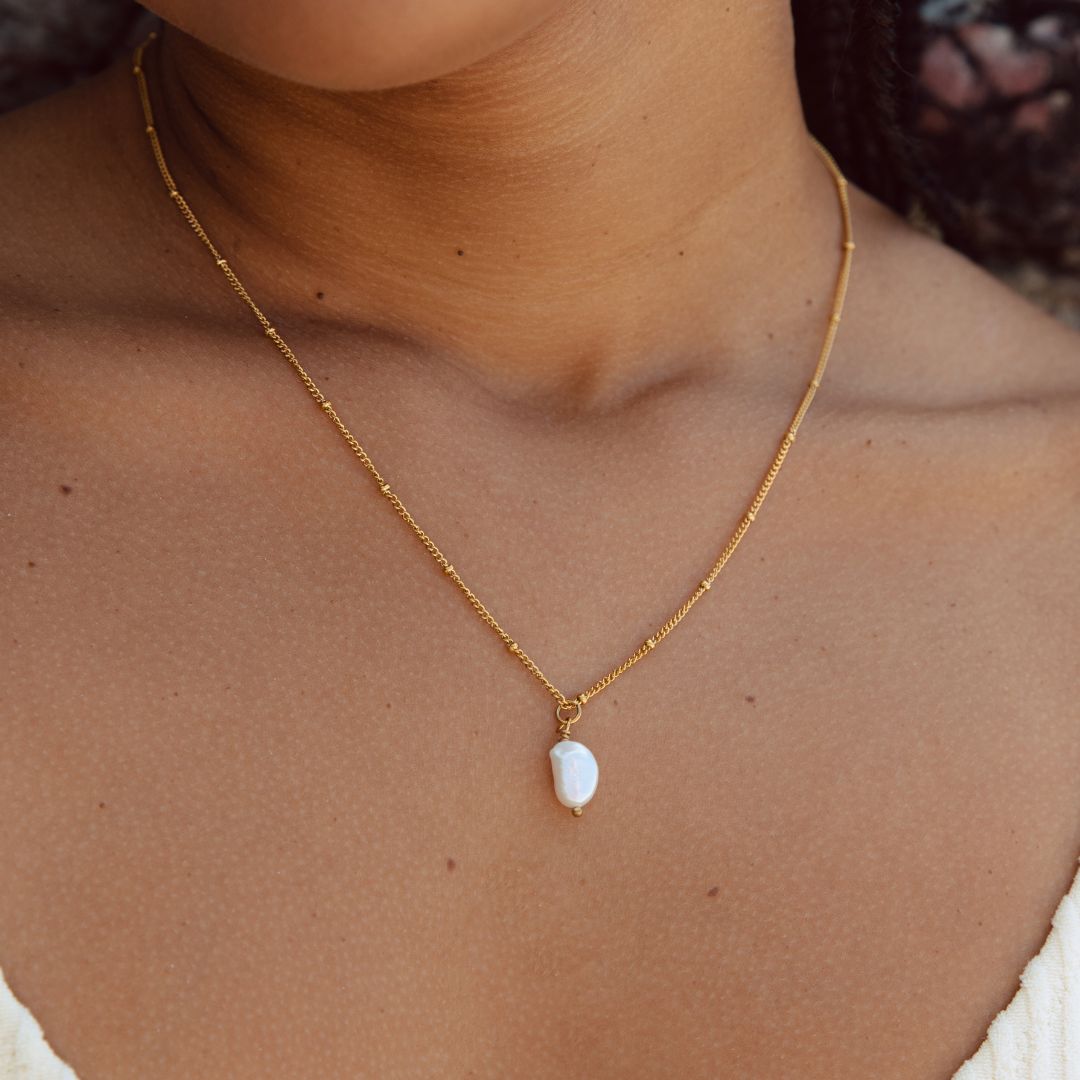




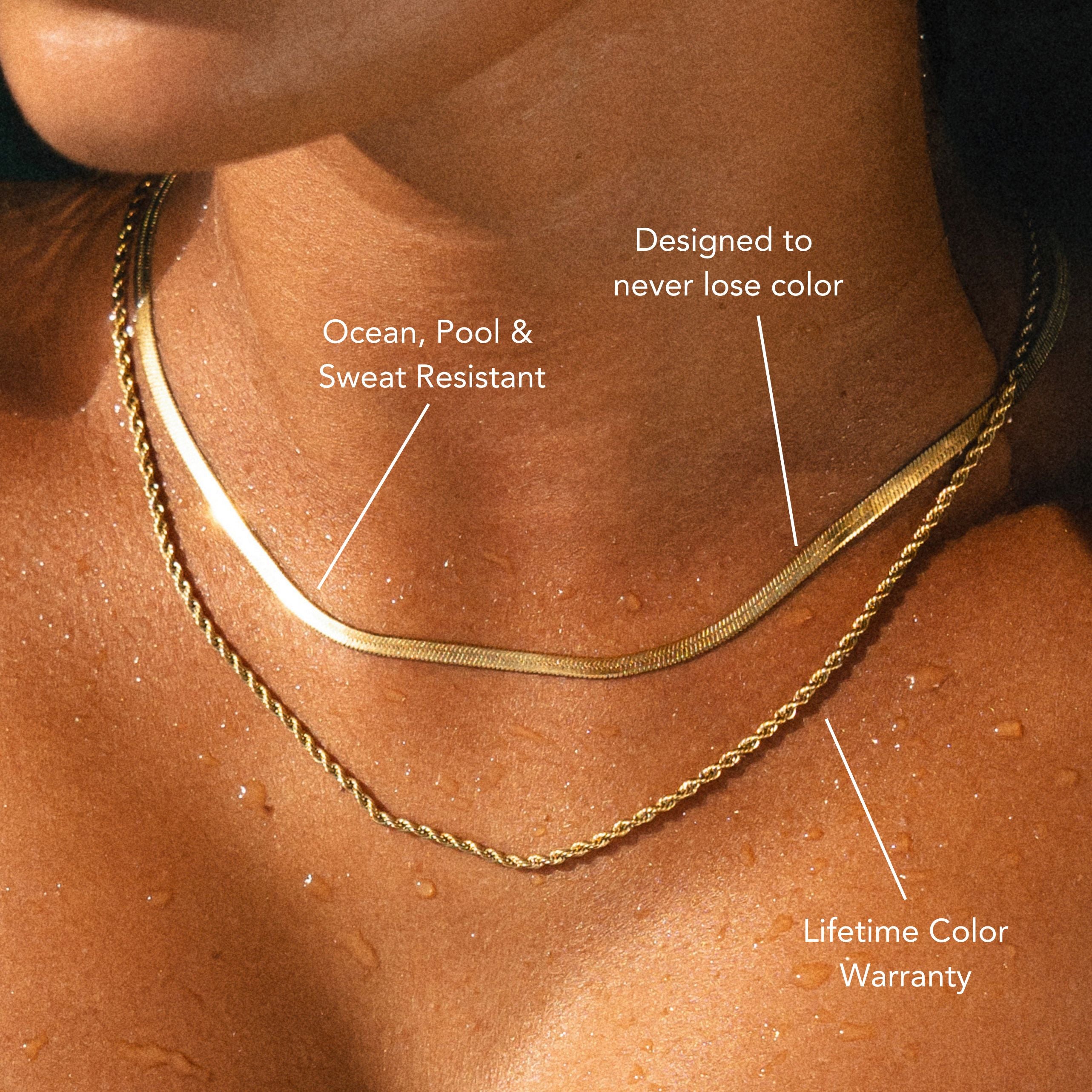
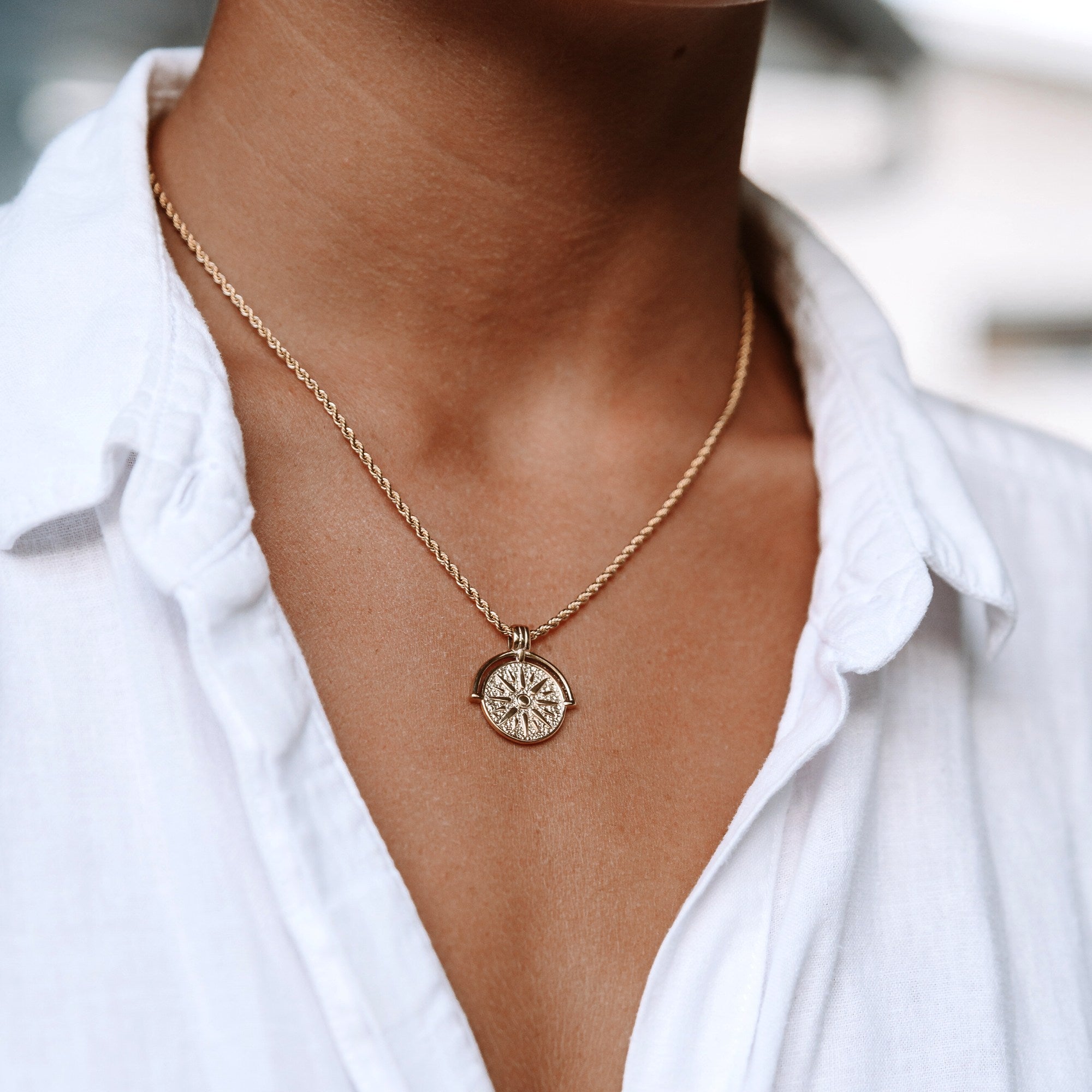
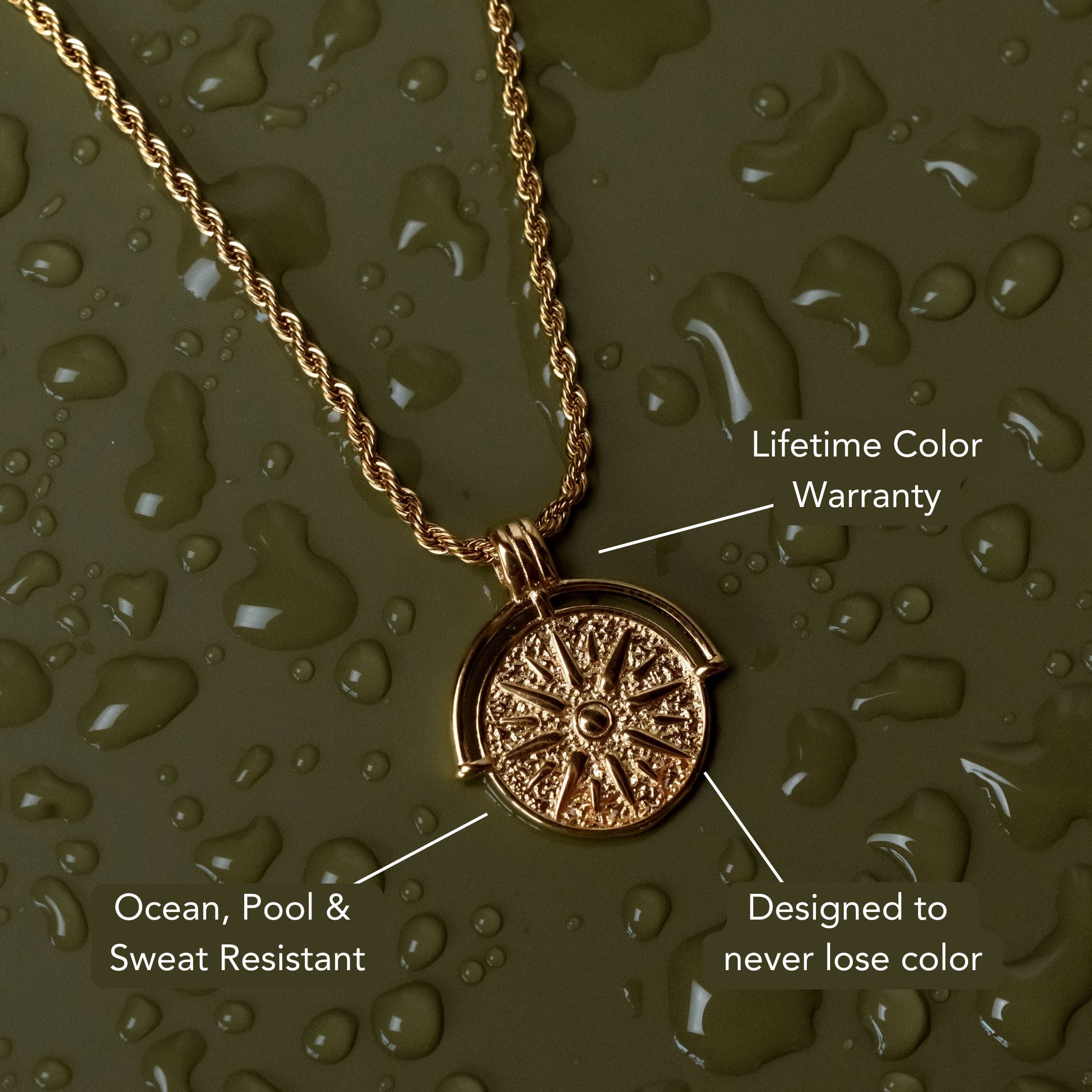






Leave a comment
This site is protected by hCaptcha and the hCaptcha Privacy Policy and Terms of Service apply.